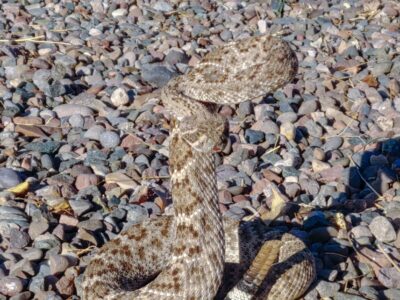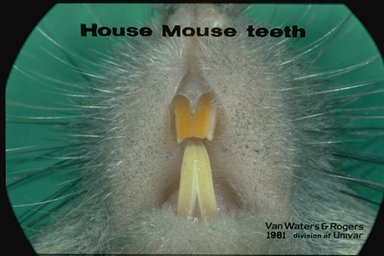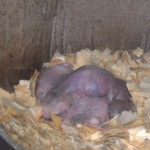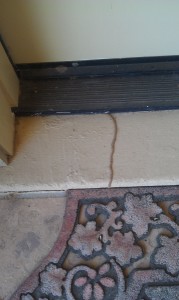Snakes
The snakes are out and now is the time to watch where you step or put your hands. We put out a lot of rodent stations, black in color and the snakes love the heat and protection. They also occasionally get a treat when a mouse or rat stumbles in. So lets imagine that you’ve seen some rat feces or maybe a rat. Why should you be concerned? Not only will they try to get into your home but they carry diseases and parasites like ticks. Most of us have pets, like cats and dogs and rats can cause real issues even biting our pets. So with rats comes snakes, when rats are plentiful in a neighborhood snakes are often found. The snake below was found at a customers home near the pool area, can you only imagine what might happen?
So be aware of your property, if you see rodents call ProBest. If your unsure about any holes or openings – call ProBest? Play it safe and call the Number 1 Pest Control Company in Gilbert, Arizona. We are here to help you design a safe and pest free home. Home sealing is another measure to ensure that rodents and pest don’t enter your home. We will come out and inspect your home and come up with a plan to seal it up, including all holes and entry points. Over the years molding and caulking fails and allows wildlife and pests attempt to enter. Sealing is a BIG help.
- Reduce Clutter
- Pick up fruit that has fallen
- Reduce or get rid of weeds
- Check your property frequently look up and down
- If you have a shed check it from time to time.
- Fix leaks














